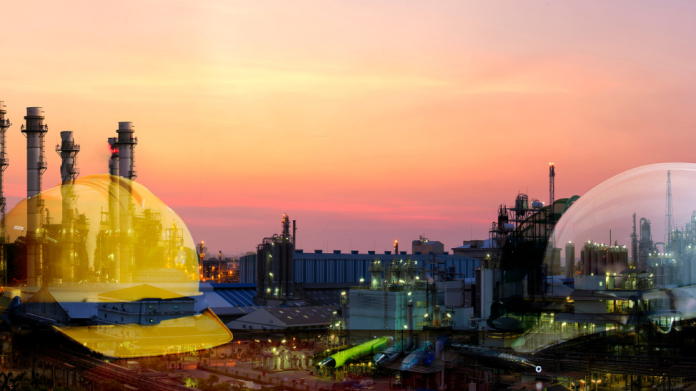Table of Contents
Safety in all aspects of the operation is a major concern for warehouse managers. No manager wants to see any staff members getting injured on the job. However, operating a safe warehouse is a tough ask. There are moving vehicles inside, such as forklift trucks. Also, goods are often stored above head height level, where they might be dislodged and fall onto an employee or a visitor to the premises. Other safety concerns are also a consideration. To help clarify what to look out for and how to operate more safely, here are our top tips for warehouse safety.
Get a Risk Assessment Performed
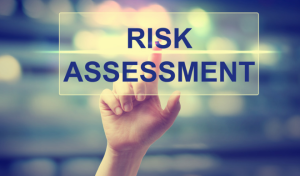
A RAMS risk assessment is designed to review the operation, assess it properly for risk, and make recommendations based on what’s been found. One of the benefits of it is that it comes from an outsider who has a deep knowledge of warehouse safety issues. Yet they have zero initial knowledge of the premises they inspect, or the procedures used within it, which gives them sufficient distance to see the safety mistakes being made.
Enlisting the help of experts such as The H&S Dept, for example, is a proactive step to take. Since they have experience in a wide variety of settings, including construction sites and offices, you know you’ll be in good hands. Ideally, a risk assessment should be done before a major accident has occurred. It’s designed to not just review the situation but to result in a Method Statement outlining how higher risk activities can be undertaken more safely. For warehouse building managers, this is beneficial to memorise and judge warehouse activities against it.
Fire Safety Plans for All
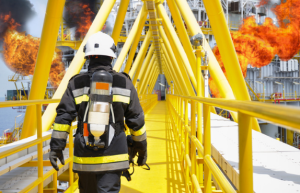
Fire safety plans aren’t just something that needs to be done to tick a box. All warehouse staff (and anyone who occasionally visits) need to fully understand all aspects surrounding the fire safety inside the building. Staff must understand every step and the equipment, such as fire extinguishers and active sprinkler systems in place to prevent or extinguish a fire. Fire blankets and other equipment should be easily identifiable, so employees can put their hands on them speedily too.
Furthermore, everyone must be clear about the evacuation plan too. This includes all the available exits and assembly points away from the building. Also, one or more Fire Safety Officers should be responsible for ensuring everyone is accounted for in their respective parts of the building(s).
Pay Attention to Heavy Equipment
Heavy equipment is a leading cause of accidents and the occasional fatal injury inside warehouses. Whether it is within the interior or at the loading or unloading gate area, equipment being moved into and out of position represents a clear hazard to employees. This includes being knocked to the floor, crushed between the equipment and a wall, or accidentally run over.
Other heavy equipment can pose additional hazards, such as being overloaded and unexpectedly tipping over onto someone. Equipment can malfunction and perform erratically too, causing injury.
Staff must be trained to be highly observant around such machinery. Operators must also do the same, where safety over haste to complete their task takes precedence. Furthermore, any accidents need to be reported and thoroughly investigated to determine their cause, and how they can be avoided in the future.
PPE and Safety Clothing to Be Worn without Exceptions
The subject of PPE is a topical one, of course, but safety clothing of all types is necessary to keep everyone safe.
PPE
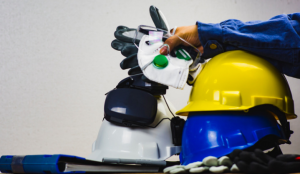
PPE is designed to prevent contamination from viruses and more. However, it also protects employees from other factors. It is particularly apparent presently due to the COVID-19 pandemic, but in many dusty work environments, employees have been wearing face masks and other protective gear for years to filter the air they breathe, etc.
Safety Clothing
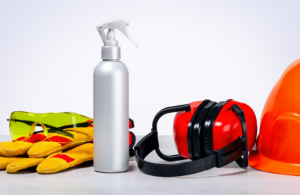
Safety clothing includes bright, reflective vests. These should be worn over regular work clothes and it is common for warehouse workers to wear vests, eyewear when the dust is an issue, and occasionally hard hats if falling objects are a risk as well. Clothing should not be loose-fitting to reduce the chance it will get caught or snag on machinery, wooden pallets, etc.
Ensure Alarm Systems Are Functional
Tests should be regularly performed on the alarm system to verify that it’s still working. Alarms need to not just be audible, but also project flashing lights or have other visual indicators too. Plenty of people who work in warehouses are near loud machinery and/or wear protective headphones, and so may not immediately hear a loud alarm.
Additional visual indicators are also beneficial for anyone employed in the warehouse who is older, and perhaps has imperfect hearing too. This might be unknown to the company, but it indirectly assists them to know when to head to the nearest designated exit. While that is not ideal, it is a reality in some situations and therefore covers all the bases from a safety perspective.
Many managers will indicate that ‘safety is their highest priority’ but fail to do what’s necessary to set, maintain, and monitor systems to ensure this remains the case. To achieve a respectable safety record in a warehouse, it’s necessary to be proactive, not reactive. This keeps staff safer and, vitally, it also has the potential to save lives.


